Unison climbed down from its strike targeting John Swinney’s Perthshire North constituency and leaving children as pawns in a political stand-off – but what lay behind the gamble?
The Courier has learned how the union’s decision to go ahead with the industrial action left many confused.
Those close to First Minister John Swinney say he was “privately furious” at the move.
Unison may have hoped the strike action would encourage Mr Swinney’s Perthshire North constituents to ask difficult questions about government funding.
Assumption about public support backfired
It was an assumption that backfired. Instead, parents and local resident were left furious.
It put children in the middle, forced parents to take annual leave while families outside the council were not affected.
It led to staff shortages and wider knock-on impact which affected more schools than expected.
Local MP Pete Wishart said he had “never seen such anger” directed at a trade union.
Rival unions too were perplexed.
One source said that while targeting the First Minister’s constituency could be a legitimate target, the context of the industrial action was key.
John Swinney ‘privately furious’
Cosla, the umbrella body representing Scottish Councils, had agreed to the demands set out by all three trade unions representing local authority workers.
“It’s no wonder John Swinney was frustrated – the pay deal we had agreed met the terms of what had been asked for,” a source in another union explained.
The deal originally agreed would have given three quarters of council support staff a pay rise of 67p – amounting to a 5.6% pay hike for the lowest paid.
But Unison rejected the deal, citing more generous pay deals for other public sector workers.
Government and union insiders told The Courier the strike was viewed as a way for Unison to increase pay for middle management, not the lower paid workers on the front line – a position Unison firmly rejects.
“You just need to look at Unison’s local government committee, it was in their interest, not the interests of the lowest paid staff,” one source in the GMB said.
‘Gamble’
Others characterised Unison’s walk-out as a “gamble”, saying: “It made no sense. Anyone with knowledge of the negotiations would know that there was nothing to be gained.
“The government weren’t going to concede anything substantial on this.
“That’s why Unison have had to climbdown when they got the commitments they did, which don’t include an improved pay offer.
“They completely lost public support.”
Unison insisted the latest offer it had received was “credible”.
They said the two-week strike had secured Cosla a government agreement to discuss local government finance, a pay protocol, a minimum hourly rate of £15 and a reduced working week.
The union’s local government committee chair Colette Hunter said: “Our members’ resolve and action has secured a route to a credible offer on pay before April 2025.
“We have also got the Scottish Government to come in the room with us and Cosla to seriously discuss £15 per hour, a reduction in the working week and the whole situation with council finances.
“Our members have shown they will take a stand on pay.
“We are asking them to agree to conclude this year’s pay negotiations and take the campaign for decent pay forward via the commitments we have got for 2025 and beyond.”
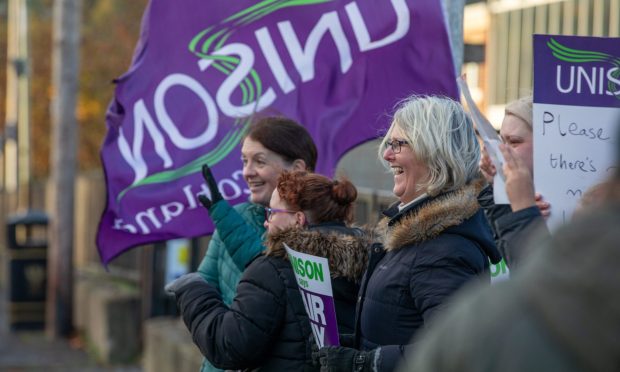
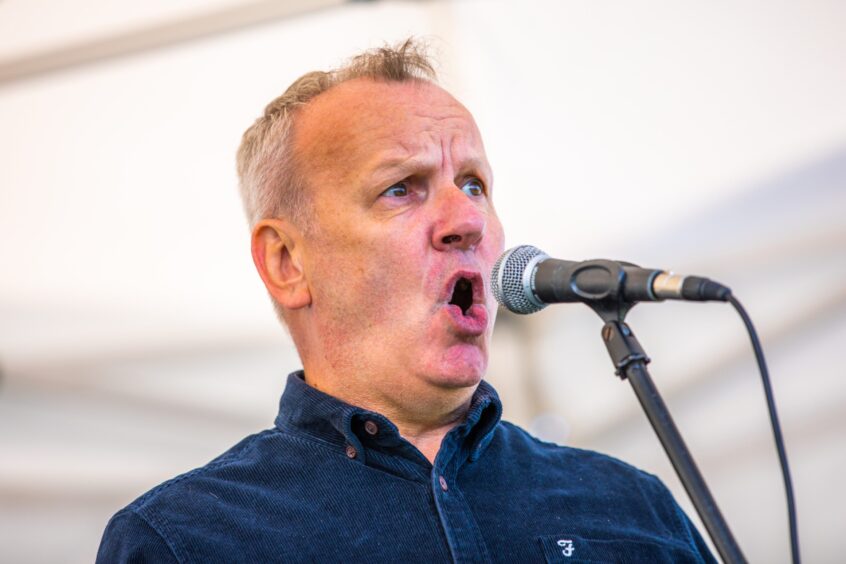
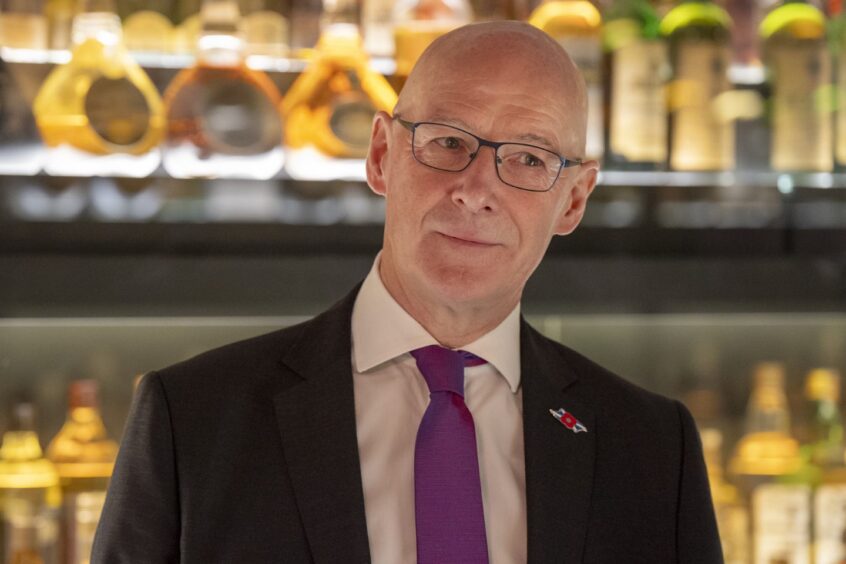
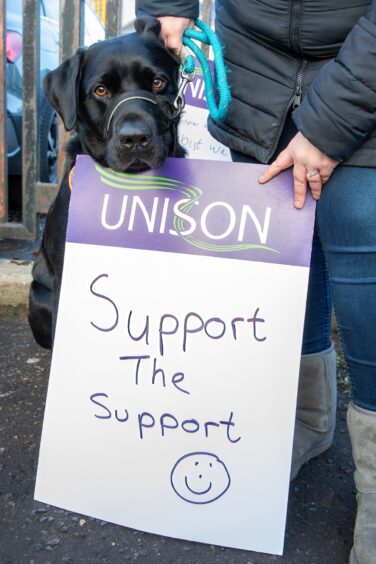

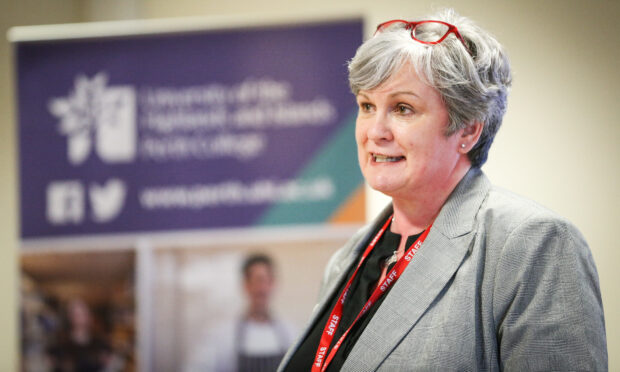
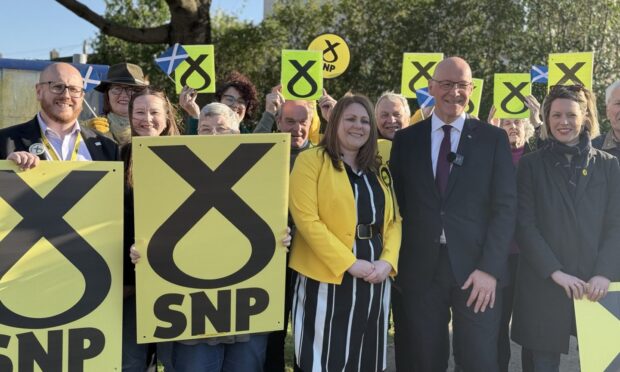
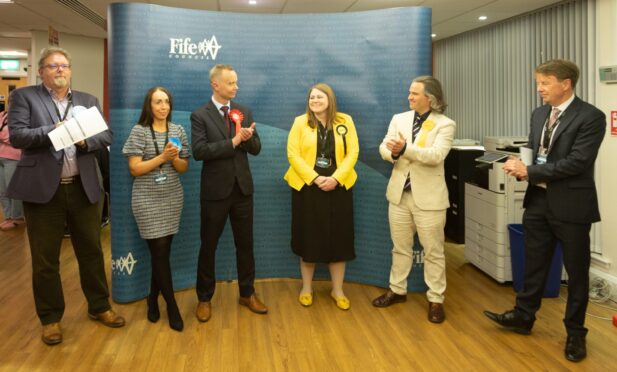
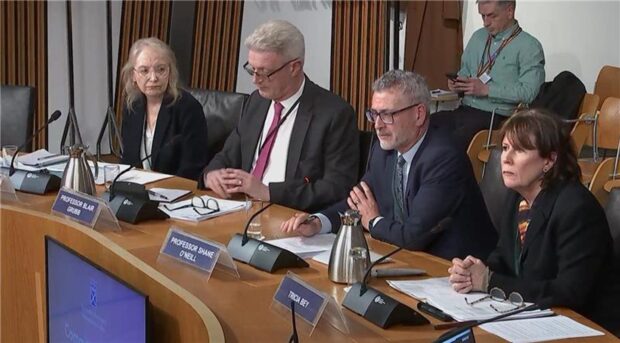

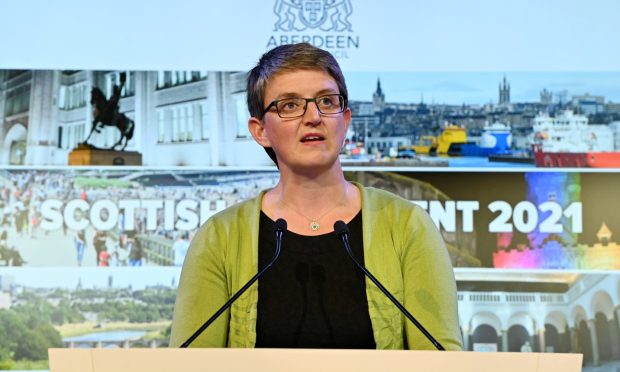
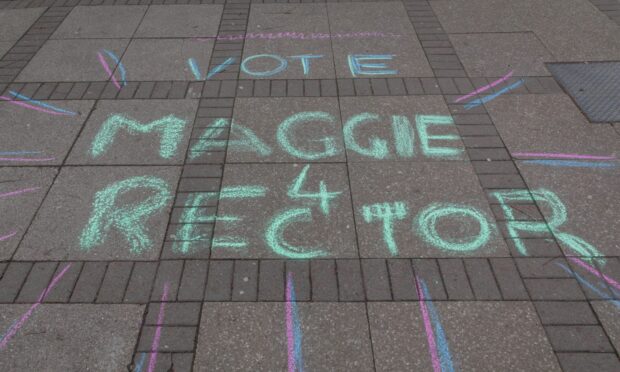

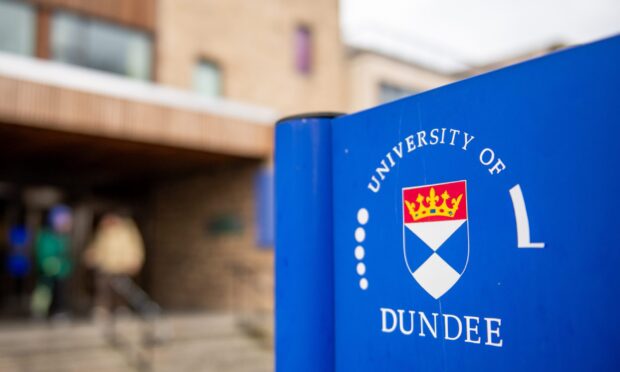
Conversation